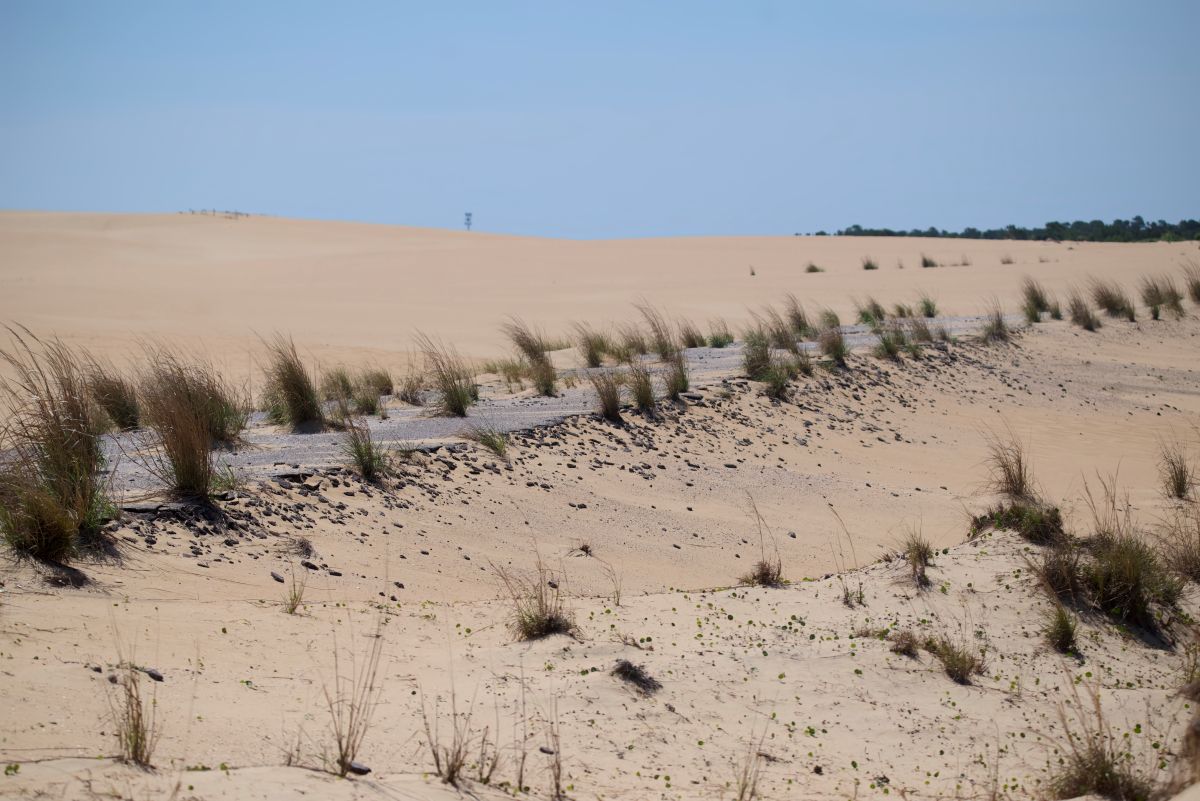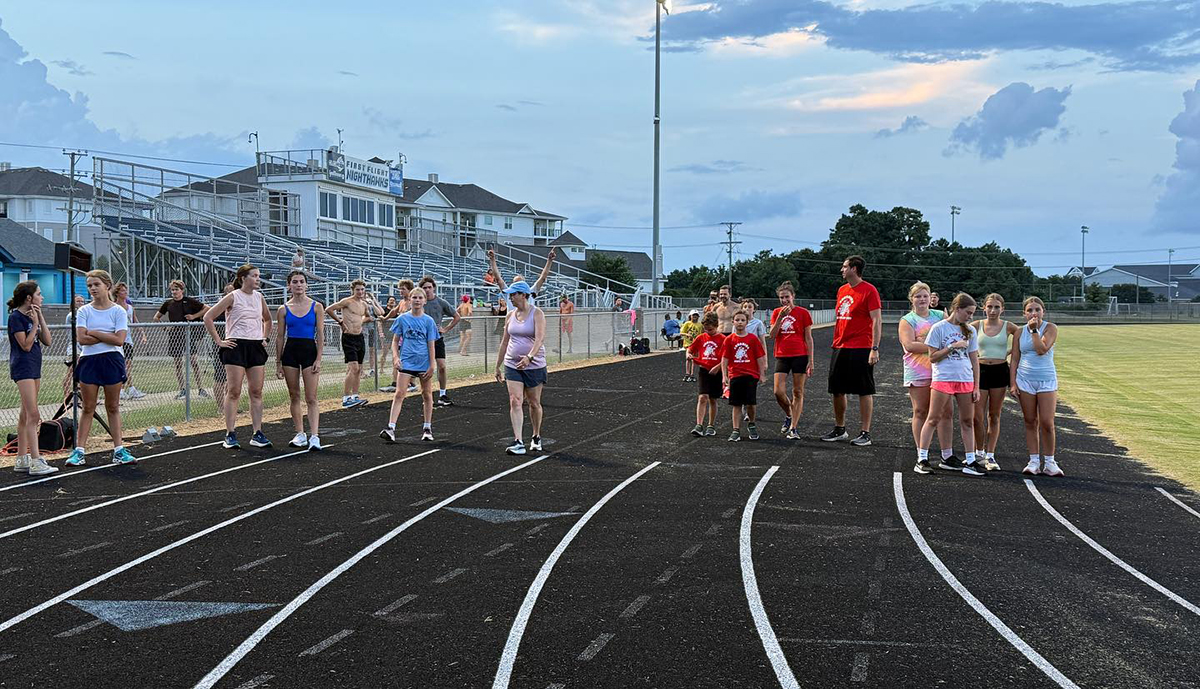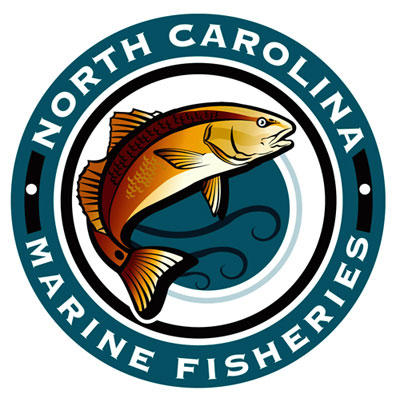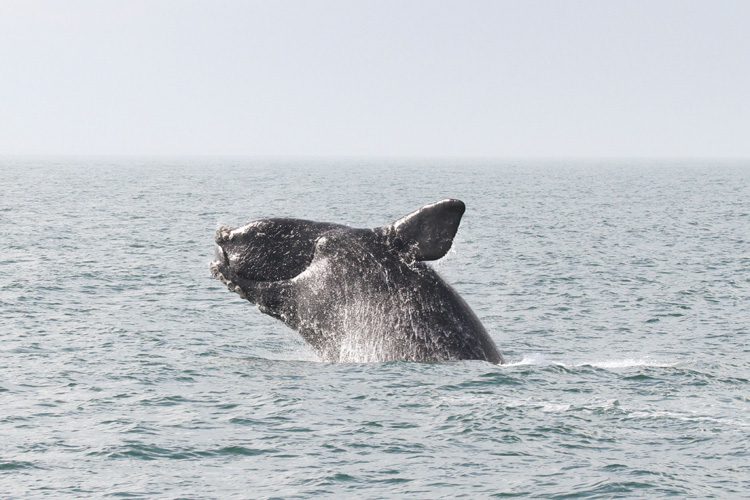
Slow down, offshore boaters.
The migratory and calving season for one of the rarest marine mammals in the world is about to kick off and operators of vessels 65 feet or longer are being reminded they must travel no faster than 10 knots through federal seasonal management areas, or SMAs, in the mid-Atlantic.
Supporter Spotlight
Lower speeds are enforced to help reduce the threat of collisions with endangered North Atlantic right whales, of which scientists say there are fewer than 350 individuals remaining, according to the National Oceanic and Atmospheric Administration.
Since boats of any size can strike and injure a right whale, the administration is urging operators of vessels shorter than 65 feet in length to also travel no faster than 10 knots within active SMAs.
SMA’s off the North Carolina coast include areas around the Port of Morehead City and Beaufort and within 20 nautical miles from shore between Wilmington and Brunswick, Ga.
SMAs in the mid-Atlantic open on Wednesday and remain in effect through April 30 of next year.
North Atlantic right whales give birth generally between December and March in nearshore waters of the southeast coastline and migrate south in the fall and north in the spring. Females are, on average, 9 to 10 years old before giving birth for the first time.
Supporter Spotlight
In the summer, most right whales swim in feeding and nursery grounds between New England and the Bay of Fundy between New Brunswick and Nova Scotia in Canada.
These whales are protected and approaching one closer than 500 yards is a violation of federal and state law.
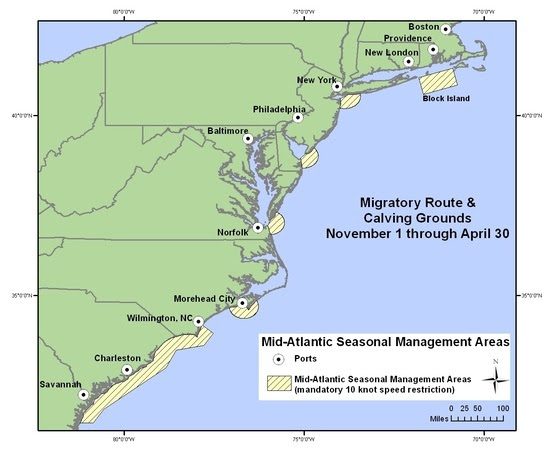
In 2017, NOAA Fisheries declared an “Unusual Mortality Event” in right whales. That designation allows the agency to further jointly study and reduce whale deaths with other organizations.
Vessel operators can download the Whale Alert app for iPad, iPhone, and Android for real time updates on Slow Zones, SMAs, and other right whale sightings. Additional information may be obtained by downloading Recent right whale sightings and real-time acoustic detections along the eastern seaboard.
Boaters from Maine to Virginia and other interested parties may sign up for email or text notifications about the latest Right Whale Slow Zones. Announcements will also be shared on Facebook, @NOAAFisheriesNEMA, and Twitter, @NOAAFish_GARFO.
For more information about slow zones and conservation efforts, visit noaa.gov.



